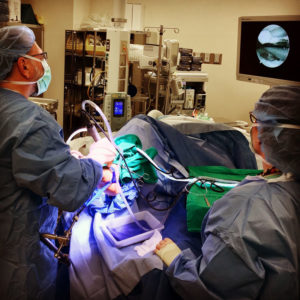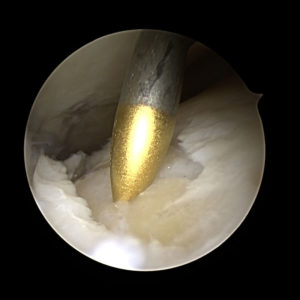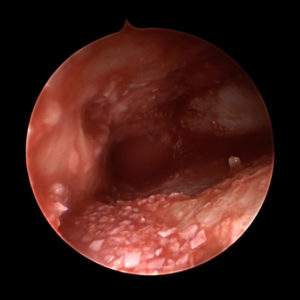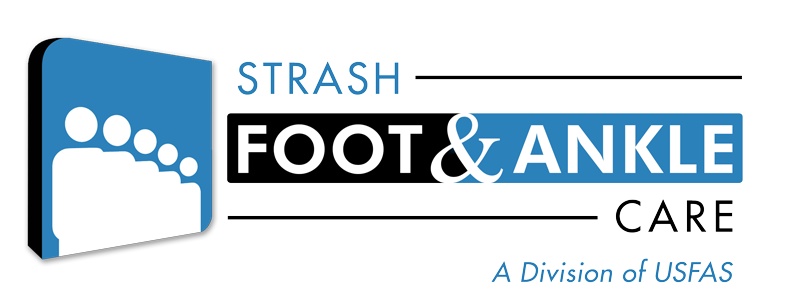30 Apr Ankle Arthroscopy
Ankle arthroscopy is a surgical procedure that uses a fiber-optic viewing camera and small surgical tools to operate in and around the ankle joint through small incisions. Ankle arthroscopy can be both diagnostic and therapeutic for a variety of ankle conditions.

Your foot and ankle surgeon may recommend ankle arthroscopy for a variety of conditions. Pain, locking and swelling of the ankle joint due to loose bodies is a very common condition. This is known as an Osteochondral defect (OCD) of the ankle. Usually these are areas of damaged cartilage and bone in the ankle joint. OCDs are usually caused by injuries to the ankle such as fractures and sprains. Many patients that have suffered an ankle sprain will have deep pain within the ankle joint with walking and running activities. These patients may go many months hoping their ankle will get better but it simply does not improve. Once evaluated, your foot and ankle surgeon may recommend a MRI and then arthroscopy of the ankle to remove the loose bodies and perform subchondral drilling. Recovery for this procedure requires wearing a fracture boot, use of crutches for three to four weeks, followed by temporary use of an ankle brace while increasing activity and possible physical therapy.
Ankle arthroscopy is used to evaluate and treat a variety of pathologies within the ankle joint including confirming a diagnosis, removing loose boney bodies, shaving bone spurs, debriding excess inflamed synovial (ankle joint) tissue, and fixing fractures of the joint surface within the ankle.
If you are having longstanding ankle pain that ‘is just not getting better’, ask Dr. Strash.



